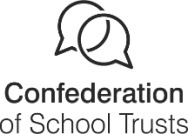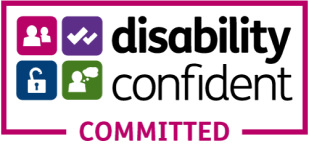Methods of support for the children.
At St Mary’s, we aim to support our EAL learners as much as possible whilst they learn English and learn through English at the same time. Many of the strategies mentioned below will be flexible according to the needs and abilities of the pupil(s) but may include:
- Developing appropriate resources:
- Providing visual support – visual timetables, multilingual instruction mats, “survival” fans (e.g. I need the toilet; I feel sick), word banks (general and topic specific) and writing frames.
- Using EAL picture dictionaries and, where possible, age-appropriate bilingual dictionaries to aid communication
- In class support for individuals and small groups
- Read Write Inc phonics support
- Teaching and modelling of vocabulary and language structures needed for the task/subject
- Teaching key words and phrases
- Providing opportunities to talk before writing, using actions too where appropriate
- Support within small-group intervention strategy programmes also involving non EAL pupils.
We are lucky to have several staff members who are able to speak other languages. Mrs J Bakutiene is able to speak Lithuanian, whilst Mrs V Niemotko is able to speak Polish. Mrs J Williams, our deputy headteacher, is able to speak Spanish.
Home-school links
As a school we constantly strive to engage and communicate with all parents to ensure we are working collaboratively with the pupil at the heart of everything we do. Strategies are in place to:
- Welcome parents into school.
- Communicate with and involve parents in their children’s learning through parent consultation meetings, informal meetings when children are collected from school and through translated letters where possible.
- Promote a multi-cultural understanding in school.
The school is aware of obstacles to communication that may arise for some pupils and families with EAL and knows where to seek advice and support to overcome these, particularly in relation to translation of documents.
Please see the document below for support with questions regarding raising bilingual children.








